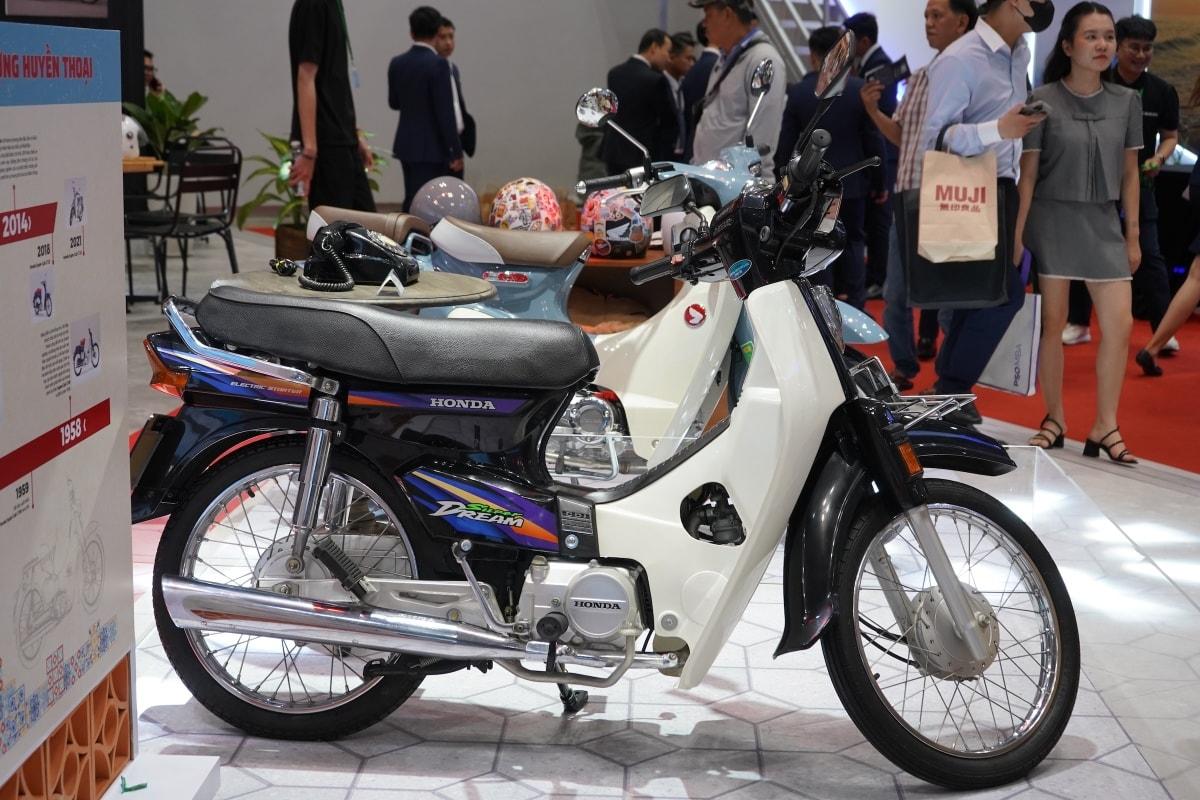.jpg)
After Super Cub, Honda's second motorbike product that caused a stir in the Vietnamese market was Dream. In the early 1990s, Honda Dream models manufactured in Thailand were imported into the country at a price of about 8-10 taels of gold at that time. With a high price, beyond the ability of most Vietnamese people, "Thai Dream" was mainly for wealthy families of the middle class and above.
In 1996, Honda was granted an investment license in Vietnam. The company's first task was to Vietnamize the Dream II, which was then the "dream" of most people.
By the month of December 1997, the first Super Dream model of Honda Vietnam was born with a cheaper price than the Dream II imported from Thailand, helping the Japanese company gradually expand its market share.



Similar to Honda's best-selling motorbike model today, the Wave, near the rear of the motorbike is where you unlock the saddle to fill up the Super Dream with gas. This model does not have a trunk.


Despite having similar designs and equipment, due to the consumer psychology that domestic products are not as good and durable as foreign products, domestically assembled Super Dream is always "inferior" compared to Dream II. Many people still spend a lot of money to buy Thai Dream. Up to now, imported Dream models are collectibles, original, hunted by car enthusiasts for hundreds of millions of dong.

Super Dream was produced and distributed by Honda Vietnam until 2017 when it was discontinued due to emission standards and a sharp decline in sales due to changes in consumer tastes.
Cambodia is currently a rare market in Southeast Asia that still produces this type of vehicle. Dream models privately imported from this country to Vietnam cost about 100 million VND. Compared to the 1997 Dream, the 2024 Dream model has many changes in design.
T.H (theo VnExpress)

